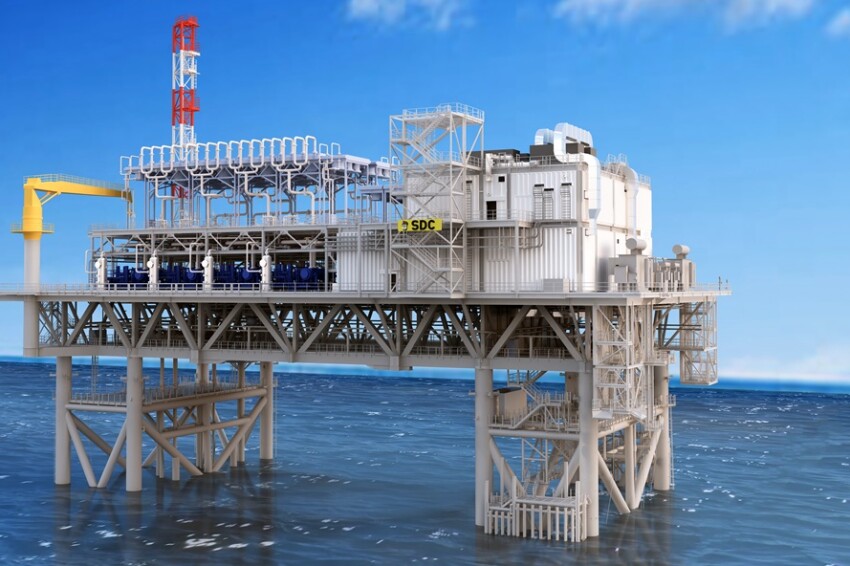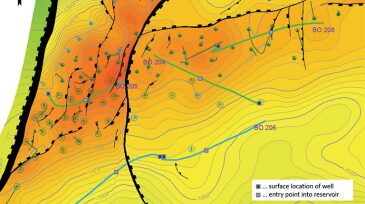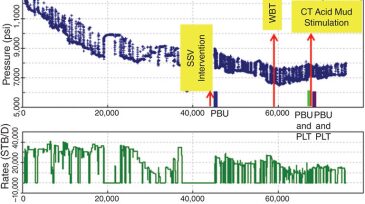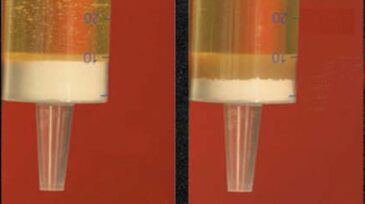Mature fields
BP’s new electric gas compression platform at Shah Deniz, Azerbaijan’s largest natural gas producer, is expected to sustain exports to Europe even as the field enters decline.
ExxonMobil joins BP, Chevron, and TotalEnergies in greenlighting new investment projects in Iraq in 2025 as the government targets oil production of 6 million B/D by 2029.
Intelligent completions could improve many of the world’s oil and gas wells, but not all are suited to the technology. There is another option.
-
The XamXung field offshore Sarawak, Malaysia, is a 47-year brownfield with thin remaining oil rims that have made field management challenging. The dynamic oil-rim movement has been a key subsurface uncertainty, particularly with the commencing of a redevelopment project.
-
To predict liquid-loading tendencies and to identify opportunities for production enhancement, the performance of 150 gas wells was analyzed in two gas fields in India.
-
The complete paper explores technical and economic development options to produce heavy-oil resources at commercial rates and showcases three optimization scenarios of higher recovery efficiency aimed at increasing net present value at the basin level.
-
This paper compares the performance of three mature-field horizontal infill wells, one of which is completed with autonomous inflow-control devices (AICDs).
-
This paper details the design and execution of what the authors say they believe is the first successful frac-pack operation in a previously gravel-packed well.
-
A case study in the deepwater Gulf of Mexico in which pressure transient analysis, fractional flow, and production logging tools were integrated to identify correctly the cause of, and execute an effective remedy for, a well’s productivity deterioration.
-
SponsoredMesser and Nissan Chemical recently introduced a new Huff ’n’ Puff process that combines CO2 or N2 gas and nanoparticles for synergistic multi-spectrum recovery enhancement from aging, depleted wells.
-
Mature brownfields contribute significantly to global oil production. A study of the papers presented during the past year at various SPE conferences reveals continuation of the trend to put in massive effort to minimize decline from mature brownfields.
-
Well RXY is located in Cairn’s Ravva offshore field in the Krishna-Godavari Basin in India. One goal for the field was significant crude production by means of a secondary reservoir section.
-
This paper presents technologies and best practices to improve oil recovery in mature fields through waterflooding optimization. These technologies have proved practical and cost-effective.



![JPT_2025-09_GuestEd1_SS_382853197[4].jpg](https://assets.spe.org/dims4/default/b4eb909/2147483647/strip/true/crop/850x478+0+44/resize/320x180!/quality/90/?url=http%3A%2F%2Fspe-brightspot.s3.us-east-2.amazonaws.com%2F8a%2F95%2Fe4e82cb54fd597d497a5b1267f8a%2Fjpt-2025-09-guested1-ss-3828531974.jpg)









